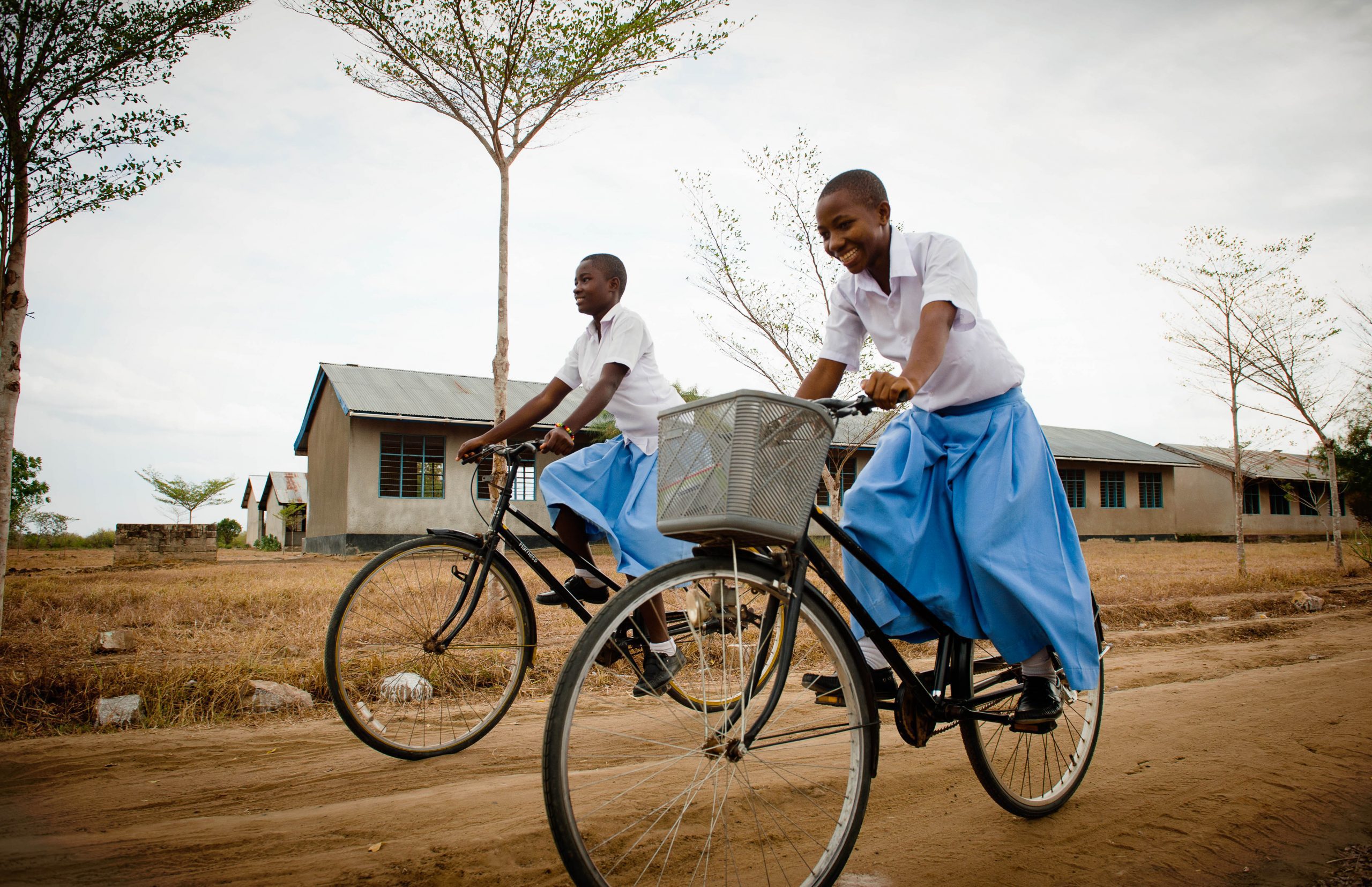Frequently asked questions about CAMFED

Giving – Frequently asked questions
Find answers to all your questions about donating or fundraising for CAMFED.

Frequently asked questions about CAMFED
Each year of education creates tremendous benefits for girls in rural Africa. The cost of providing a year of education varies from country to country and according to such factors as the student’s grade level and whether she can live at home or must attend a boarding school.
To provide a sense of the impact your donation will make, here are typical costs:
Making sure that students are selected based upon need and using an open process is an important way we put our core principle of accountability into action.
Transparency is essential, so the selection of students for bursary (scholarship) support is carried out with intensive community consultation. Typically, an inclusive group that includes parents, teachers, students and community members (School Based Committees) identify the most financially disadvantaged children in their communities. These children are often orphans.
Their selection is double-checked by members of a separate, district level group, (CAMFED initiated Community Development Committees) who typically visit each family or care provider of selected students to verify their need. CAMFED’s selection process has been commended by independent evaluators and by the governments of countries in which we work.
CAMFED will NEVER go door-to-door asking for money, or canvass people in the street. If someone stops you in the street or comes to your house claiming to be from CAMFED, please do not give them any money or personal financial details. Instead, report them to your local authorities, and please inform your nearest CAMFED office about the impersonation.
The brands of successful non-profits like CAMFED are often used by criminals who count on individuals’ enthusiasm and goodwill in order to steal personal information and money. Please note, for example, that:
Stay fraud-aware and do your research
Remember that it is easy for scammers to create fake internet domains that may look similar to an organization’s, or to impersonate our staff members. Scammers can be very convincing and seem authentic.
Make sure you check all information carefully and use trusted sources to verify the information given. Scamming techniques may include:
If you receive a communication that purports to come from CAMFED and something doesn’t feel quite right, please get in touch.
Our graduates in the CAMFED Association volunteer in local schools as Learner Guides, supporting both girls and boys with mentorship, life skills and wellbeing support. Their leadership enables all children to recognize their powers, respect and support each other, and grow up to create a more equitable world.
The financial support CAMFED provides for students to access and thrive in school focuses on the most marginalized children, and in our partner communities girls face additional gendered barriers to completing their education. (See also Why girls’ education). Research shows that when education systems are structured to support the most marginalized, every child benefits.
While our programs are directed primarily at reducing the gap between girls and boys in their school enrolment and their completion of primary and secondary school, many of our programs also reach boys.
At the primary school level CAMFED’s Safety Net Fund program benefits both boys and girls. Grants are given to school committees who can use them to help children remain in school by providing them with shoes, uniforms, books or food. Our grants can also be used for learning resources, such as text books that benefit entire classes and schools.
Our secondary school bursary program primarily targets girls, but in some countries and districts we do provide scholarships to boys when they are among the most vulnerable. All children attending CAMFED partner schools benefit from the support CAMFED provides to teachers, school staff and education authorities.
Beyond our partner schools, hundreds of thousands more children are benefiting from CAMFED’s practical advocacy for child protection laws and guidelines. CAMFED’s programs are making a contribution to the wider government school system, whose responsibility it is to ensure that no child is left behind.
CAMFED’s programs operate in Ghana, Malawi, Tanzania, Zambia and Zimbabwe. We also have support offices in other countries. View all the offices in our coalition on our contact page.
Expansion of CAMFEDs programming is dependent on a number of factors. We begin our work with an invitation from a country’s national government. Then we establish reciprocal partnerships backed by a Memorandum of Understanding.
Decisions about where to work within a country are based upon the recommendations of national and district government officials, taking into consideration data that reveals where school enrollment rates, particularly for girls, are low and poverty levels are most acute. Our latest strategic plan will include any plans for geographical expansion.
If you have any questions not answered here please email contact@camfed.org

Find answers to all your questions about donating or fundraising for CAMFED.

Whether you make a donation, take part in an event or fundraise with friends, there are lots of ways to take action for girls’ education in Africa.

Find out what makes CAMFED different, who we are, and what our principles and values are.
Sherry Thompsen $50
Joan and Scott Barker $526
dilhara anbil $7000
Kristin Nylen $158
Michael Glanz $150
JOyce Feeney $150
Vanessa Dauterive $26.6
Aran MacKinnon $106
Lyndon Hepner $52.9
Ron and Mary Freytag $106
Tamar Gubins $200
Tracy Clark $14
Rebecca Boyd Whittico $263
Mareka Belcher $5.6
Natalie Wexler $1052